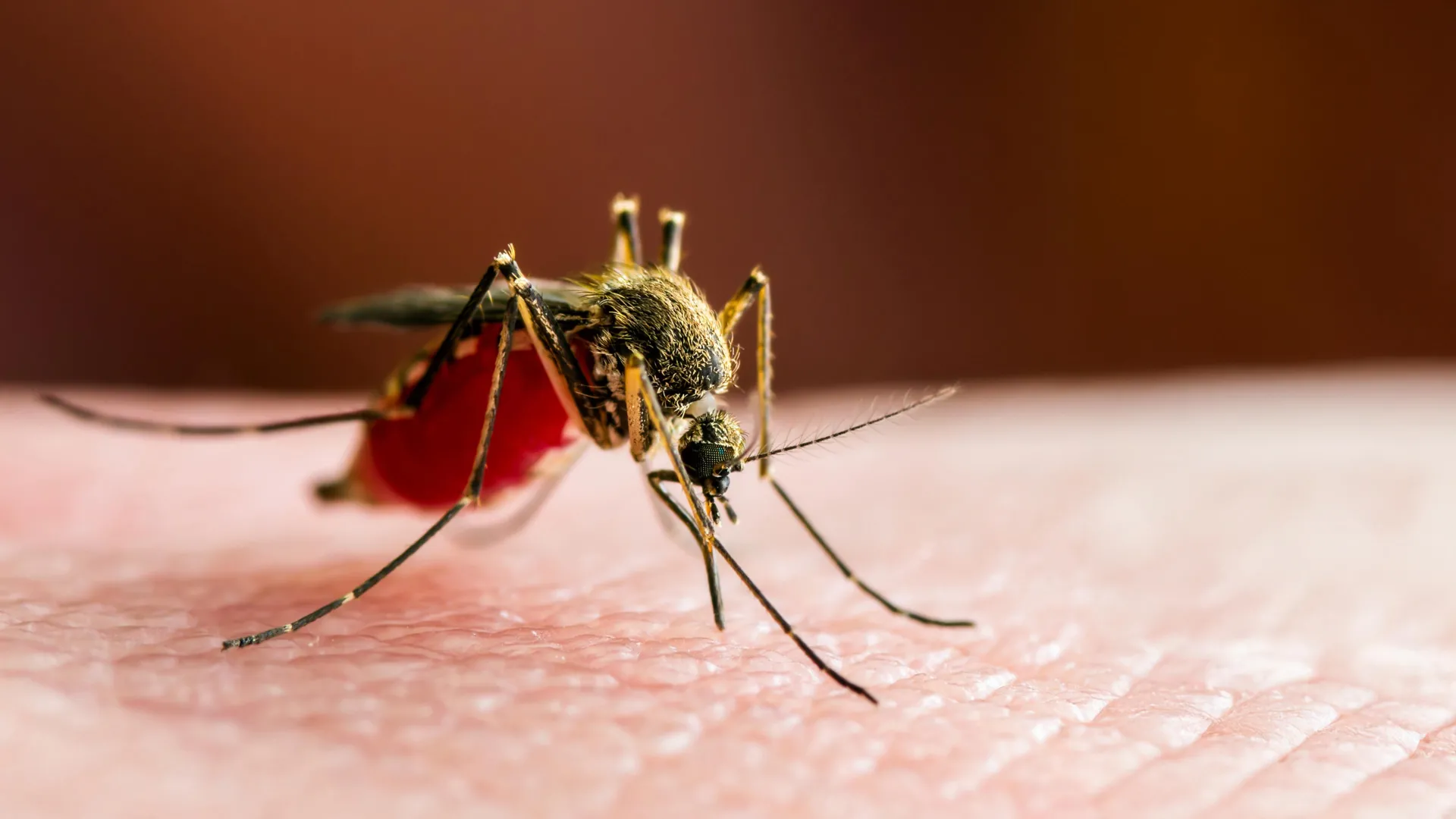Thousands fall ill as mosquito fever explodes across southern China
- Date:
- October 10, 2025
- Source:
- Biochar Editorial Office, Shenyang Agricultural University
- Summary:
- China’s Guangdong Province is battling its worst-ever chikungunya outbreak, with thousands of infections spreading across major cities and nearby regions. Transmitted by Aedes mosquitoes, the disease underscores how climate change, urbanization, and global travel are fueling mosquito-borne threats.
- Share:

A recent editorial in Biocontaminant reveals that Guangdong Province is now facing the largest chikungunya fever outbreak ever documented in China, with more than 4,000 confirmed infections reported since late July. Shunde District in Foshan has been hit hardest, accounting for over 3,600 cases, while additional infections have appeared in Guangzhou, Shenzhen, Hong Kong, and Macao.
Chikungunya fever spreads through bites from Aedes mosquitoes, the same insects that transmit dengue and Zika viruses. The illness, which causes fever and intense joint pain, does not pass directly between people, so reducing mosquito populations remains the most effective way to prevent transmission.
"The outbreak reflects both the global spread of chikungunya and the favorable conditions for mosquito-borne diseases in southern China," said lead author Guang-Guo Ying of South China Normal University.
In response, local authorities have begun a province-wide effort to encourage residents to eliminate standing water and reduce mosquito breeding grounds. The editorial notes that factors such as climate change, rapid urbanization, and increasing international travel are helping mosquito-borne viruses spread more widely, creating new public health challenges around the world.
To address these growing threats, the World Health Organization has issued new clinical guidelines and strengthened its Global Arbovirus Initiative, which focuses on improving monitoring, prevention, and international coordination. The authors emphasize the need for expanded genomic surveillance, active community participation, and global collaboration to reduce the risk of future outbreaks.
Chikungunya fever was first identified in Tanzania in the 1950s and has since spread to more than 110 countries across Africa, Asia, the Americas, and Europe. The name "chikungunya" comes from the Kimakonde language, meaning "that which bends up," a reference to the stooped posture caused by the severe joint pain that often accompanies the infection. While the disease rarely causes death, it can result in long-term arthritis-like symptoms, fatigue, and recurring pain that persist for weeks or even months after recovery.
Most patients experience a sudden onset of fever, headache, muscle aches, rash, and joint swelling within a few days of being bitten by an infected mosquito. There is currently no specific antiviral treatment or licensed vaccine for chikungunya, so medical care focuses on relieving symptoms through rest, hydration, and pain management. Recovery usually occurs within a week, though some individuals—particularly older adults or those with underlying conditions—may experience prolonged discomfort.
The Aedes mosquito, primarily Aedes aegypti and Aedes albopictus, is responsible for transmitting chikungunya as well as other major viruses like dengue, Zika, and yellow fever. These mosquitoes are highly adapted to urban environments and breed in small containers of stagnant water commonly found around homes, such as flower pots, discarded tires, and buckets. They are active mainly during the day, with peak biting times in the early morning and late afternoon.
Scientists note that Aedes mosquitoes are expanding their range due to warmer temperatures, global trade, and increased urbanization, allowing diseases once confined to the tropics to appear in new regions. Their resilience and proximity to human populations make them particularly difficult to control. As a result, public health strategies increasingly emphasize community participation, routine elimination of standing water, and the use of mosquito repellents, screens, and protective clothing to reduce the risk of infection.
Story Source:
Materials provided by Biochar Editorial Office, Shenyang Agricultural University. Note: Content may be edited for style and length.
Journal Reference:
- Guang-Guo Ying, Yi Luo. Outbreak of chikungunya fever in Guangdong: transmission and control of arboviruses. Biocontaminant, 11 August 2025 DOI: 10.48130/biocontam-0025-0002
Cite This Page: